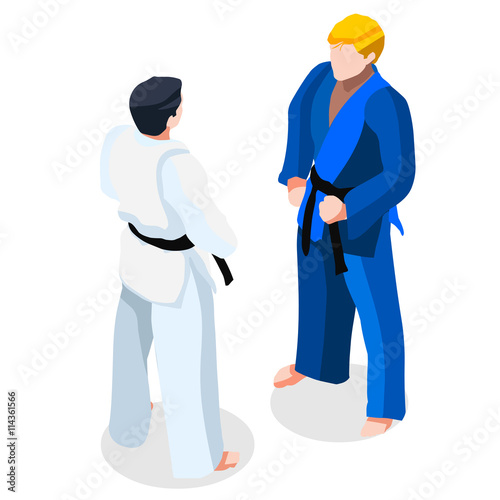How Versatility Changes Martial Arts Training. Boost Your Technique, Stop Injuries, And Master Progressed Relocations With This Game-Changing Versatility Guide
How Versatility Changes Martial Arts Training. Boost Your Technique, Stop Injuries, And Master Progressed Relocations With This Game-Changing Versatility Guide
Blog Article
Authored By-Hyllested Roy
Did you recognize that versatility plays an important duty in martial arts training?
As a matter of fact, a research study carried out by the International Journal of Sports Physical Treatment disclosed that over 80% of martial musicians deal with limited flexibility.
Yet why is versatility so crucial? Well, it not only boosts your performance and strategy however likewise lowers the risk of injuries.
So, if you're seeking to take your martial arts abilities to the following degree and stay injury-free, you'll absolutely want to keep reading.
Benefits of Versatility in Fighting Style
Flexibility in martial arts brings various benefits to practitioners, enabling you to improve your efficiency and lower the risk of injury. By boosting your versatility, you boost your range of activity, allowing you to perform methods with greater precision and efficiency.
This enhanced dexterity and fluidity in your motions can give you an one-upmanship, allowing you to react quicker and adapt to different scenarios throughout sparring or competitions. Additionally, raised versatility aids to avoid injuries by enhancing muscle mass elasticity and joint mobility.
It enables your body to move more easily, minimizing the strain on your muscles and tendons. This, consequently, minimizes the possibilities of sprains, stress, and muscle pulls. By integrating versatility training right into your fighting styles practice, you not just enhance your performance but also secure your physical well-being.
Methods to Enhance Adaptability
To improve your flexibility in fighting styles, you can incorporate different extending workouts into your training routine.
One effective strategy is dynamic extending, which entails moving through a full variety of motion to heat up your muscle mass and enhance versatility. Examples include leg swings, arm circles, and trunk turnings.
An additional technique is static stretching, where you hold a stretch for a continual period of time. This helps extend and unwind your muscular tissues, enhancing adaptability in time. Common fixed stretches for martial arts consist of the butterfly stretch, hamstring stretch, and shoulder stretch.
Additionally, incorporating yoga exercise or Pilates into your training can additionally considerably boost your flexibility.
Remember to always warm up before stretching and pay attention to your body to prevent injury.
Flexibility Training for All Ability Degrees
As you progress in your fighting styles training, improving your versatility becomes crucial for enhancing your general performance. Versatility training isn't just valuable for innovative experts however likewise for novices and intermediate students.
No matter your skill degree, incorporating adaptability workouts into your training regimen will help you establish a wide range of motion, stop injuries, and enhance your technique execution.
For martial arts gym near me , versatility training can assist improve your form and position, permitting you to perform movements correctly and efficiently. Intermediate experts can use flexibility training to more enhance their range of motion and improve their fluidity in implementing facility strategies. Advanced students can take advantage of flexibility training by preserving and improving their existing versatility, allowing them to perform advanced actions effortlessly.
Conclusion
In conclusion, embracing flexibility in your fighting styles training is critical. By including youth mixed martial arts near me to enhance versatility, you can enhance your performance and protect against injuries.
Remember, 'An adaptable body is a resilient body.' So, keep pressing your limits, extending routinely, and reap the benefits of a flexible and active figure.
